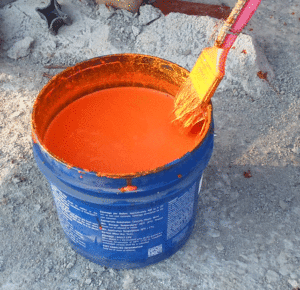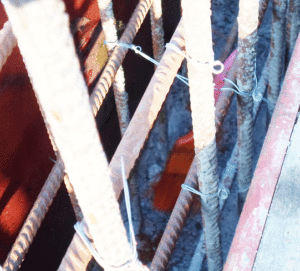
In this post, we are explaining, how to avoid leakage problems in storage tanks, slabs, etc. By using self-healing joints techniques for construction joint applications.
Penebars use for building foundations, slabs, retaining walls, storage tanks, and other cold construction joints. It is a kind of unique sealing compound. And expands rapidly exposed to water. It is an ideal self-healing joint material for construction joint applications.
How to apply self-healing PENEBAR on poured-in-place construction joints.
1) Apply primer using a brush at a minimum of 0.1 x 25 mm wide over the surface.


2) Allow it to dry for 10-15 minutes, where the temperatures are low, allow it to dry for a longer time.
3) By using the heel of the hand and moderate pressure, press a bead of PENEBAR into position. Make sure the product has bonded to the primed area.

4) Splice ends to form a continuous, uninterrupted seal. Cut each end at opposite 45° angles and tightly butt ends together. Do not overlap ends.
5) Peel the protective covering from the exposed side of the installed PENEBAR.

6) Follow standard concrete placing procedures after this.
SPECIAL CONSIDERATIONS
Use Penebar Primer to ensure a tight fit.
Avoid movement of penebar.
For vertical surfaces, use nails with PRIMER to hold it in place.
If a Keyway is utilizing, place the Penebar into the bottom of the formed Keyway area.
On pipes and other structural penetration, cut Penebar to a required length. And placed around the penetration with ends butted. In all cases, Penebar is in direct contact with the substrate along the entire length of the installation. Penebar is not an expansion joint sealant. It is only suitable for non-moving concrete joints. Penebars not to installs in standing water. And in frozen or icy surfaces.


Leave a Reply